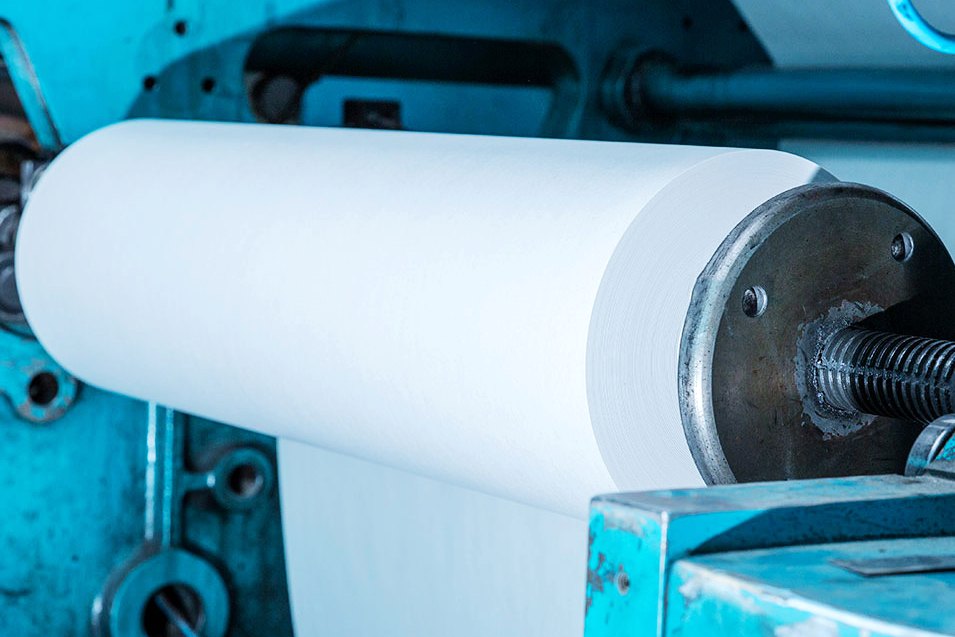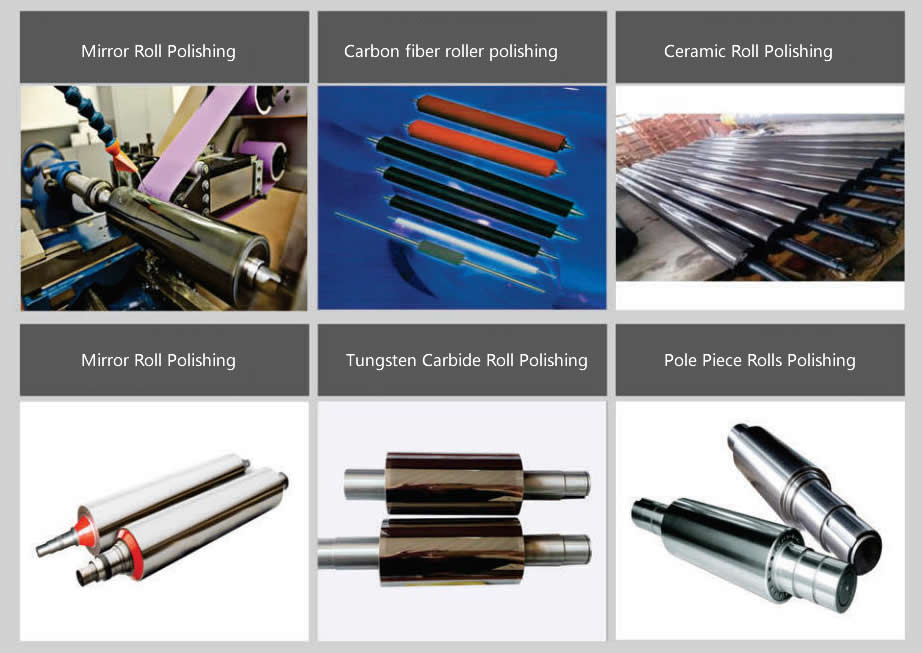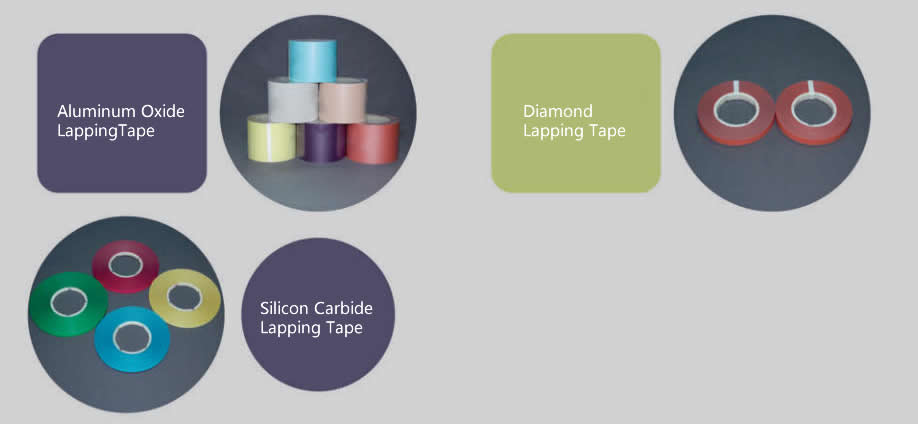Roll making industry
2025/4/15 18:23:40
Polishing solutions for roller industry
Roller industry involves high-precision roller manufacturing, widely used in metal processing, printing, painting, paper, plastics, textile and other fields. In the roller industry, the surface finish of the roller (Ra value) is crucial to product quality, especially in the high-precision processing process, the surface roughness must be controlled at an extremely low level, such as RA less than 0.01µm, to ensure the stable performance of the roller, reduce friction, improve product quality and production efficiency. Therefore, grinding and polishing is a crucial part of roller manufacturing. This solution offers a range of grinding and polishing methods for different types of rollers to ensure surface quality and machining accuracy.

1. Grinding and polishing material selection
In the roller making industry, according to the material and requirements of the roller, it is very important to choose the right grinding and polishing material. Commonly used grinding and polishing materials include diamond, alumina, silicon carbide and so on. According to different process stages and requirements, choose different particle size grinding and polishing materials.
Diamond polishing material: Suitable for hard materials and precision machining, can provide excellent surface quality.
Alumina: Suitable for general surface polishing, providing a uniform finish, with strong wear resistance.
Silicon carbide: Suitable for roughing stage, used to remove large surface defects.
2. Grinding and polishing process
Roughing stage
Tools and materials: Use coarse-grained silicon carbide or diamond sand belts (e.g. 30µm or more) for initial grinding.
Process features: Remove large surface defects and roughness, and ensure that the size and surface roughness of the roller are in an acceptable range.
Operation method: Manual or mechanical grinding is usually used, and the surface treatment is carried out by larger pressure and thicker grinding belt.
Middle finishing stage
Tools and materials: Use diamond or alumina sandbands with particle sizes from 15µm to 6µm to further refine the surface quality.
Process features: further remove scratches and defects after rough processing, improve surface uniformity.
Operation method: Using mechanical polishing, rolling polishing and other methods for detailed processing to ensure that the surface is smoother.
Fine machining stage
Tools and materials: High precision polishing with 3µm or finer diamond or alumina sand belts.
Process features: Eliminate small scratches and defects, so that the roller surface to achieve a high finish.
Operation method: Using low pressure and low speed precision polishing technology to ensure smooth surface and no defects.
Final polishing stage
Tools and materials: Diamond or alumina with 1µm particle size, other high-precision polishing materials, with polishing cloth for final processing.
Process characteristics: Through the final polishing, the roller surface to achieve mirror effect, enhance the surface finish, reduce friction, improve product quality.
Operation method: Low speed, low pressure polishing, the use of high quality polishing cloth to ensure the mirror effect.
3. Selection of Grinding and Polishing Fluid
Polishing solution plays an important role in improving grinding efficiency and enhancing surface smoothness. Different grinding fluids have different characteristics and can be selected according to needs.
Diamond grinding fluid: Suitable for the combination of hard materials and diamond particles, it can provide the best cutting effect and surface smoothness.
Aluminum oxide abrasive solution: commonly used for general surface polishing, combined with aluminum oxide abrasive, can effectively remove defects and improve smoothness.
Silicate grinding fluid: used in conjunction with silicon carbide particles for coarse grinding and deburring, suitable for the rough machining stage.
4. Grinding and polishing requirements of different roller materials
Metal roller
Material characteristics: Metal rollers are widely used in printing, painting and other industries, the material is usually stainless steel, cast iron, etc., with high hardness.
Polishing scheme:
Preliminary grinding: Roughing with 60µm diamond or silicon carbide.
Rough polishing: Rough machining with 30µm diamond or silicon carbide.
Medium finish grinding: Use 15µm alumina for further refinement.
Fine grinding: Fine polishing with 9µm to 3µm diamond or alumina.
Final polishing: 1µm diamond lint for mirror polishing.
Rubber roller
Material characteristics: Rubber roller has a soft surface, widely used in packaging, printing and other industries.
Polishing scheme:
Preliminary grinding: Roughing with 30µm silicon carbide to remove surface irregularities.
Medium finish grinding: Use 15µm alumina for fine finish and smooth surface.
Final polishing: Use 1µm aluminum oxide or silicate abrasive solution for final polishing to ensure smoothness.
Plastic roller
Material characteristics: Plastic rollers are used in lightweight equipment and usually require a higher finish.
Polishing scheme:
Primary grinding: Use 15µm alumina for moderate roughness removal.
Medium finish grinding: Use 6µm to 3µm alumina for fine finishing.
Final finish: Finish with 1µm alumina to ensure surface smoothness
5. Key precautions in the grinding and polishing process
Surface inspection: A surface quality inspection is required after each stage to ensure that there are no scratches, cracks or uneven areas.
Water-cooled lubrication: The use of water-cooled or lubricating fluids during grinding reduces friction heat and avoids overheating or ablation of materials.
Uniform pressure: Maintain uniform pressure to avoid concentrating on one area and causing excessive wear or shape change of the material.
Equipment maintenance: Check the status of the grinding equipment regularly to ensure its normal operation and reduce the impact of failure on production.
6. Applicable industry
Printing industry: Rollers are widely used in printing presses to carry paper and transfer printing patterns.
Coating industry: Coating roller plays an important role in the coating of automobiles, home appliances and other products.
Paper industry: Rolls used in the manufacture of paper require a smooth surface.
Plastics industry: Rollers used in plastic processing have high requirements for surface finish.
Metal processing industry: Rollers used in metal rolling, polishing and other processes.
conclusion
Our grinding and polishing solution for the roller industry provides a complete process flow to ensure that the surface quality of the rollers meets high standards, extend their service life, and improve production efficiency. By selecting appropriate grinding materials, polishing solutions, and process flow, it is possible to effectively meet the processing requirements of rollers made of different materials and improve the overall performance of the product.
Can solve the following product grinding requirements

XinYuTong ultra-precision polishing tape is made by combining micron grade abrasive (diamond,alumina.silicon carbide)with new polymer adhesives, coating on the surface of polyester film, andthen through high-precisioncutting and processing .
Classic recommended products

Specification parameter
| Aluminum Oxide | |||||||||
| Mesh | #240 | #360 | #400 | #600 | #1200 | #2000 | #3000 | #4000 | #8000 |
| um | 80 | 60 | 40 | 30 | 15 | 9 | 6 | 3 | 1 |
| type | 101.6mm*45.7m;152mm*45.7m;50mm*50m;228*50m | ||||||||
| Can be customized according to special requirements | |||||||||
| Diamond | |||||||||
| Mesh | #240 | #360 | #400 | #600 | #1200 | #2000 | #3000 | #4000 | #8000 |
| um | 80 | 60 | 40 | 30 | 15 | 9 | 6 | 3 | 1 |
| type | 101.6mm*45.7m;152mm*45.7m;50mm*50m;228*50m | ||||||||
| Can be customized according to special requirements | |||||||||
| Silicon Carbide | |||||||||
| Mesh | #240 | #360 | #400 | #600 | #1200 | #2000 | #3000 | #4000 | #8000 |
| um | 80 | 60 | 40 | 30 | 15 | 9 | 6 | 3 | 1 |
| type | 101.6mm*45.7m;152mm*45.7m;50mm*50m;228*50m | ||||||||
| Can be customized according to special requirements | |||||||||
Product advantage
High grinding rate and short time consumingThe Ra Value is c0.01lm,polishing efficiency is increased morethan200% compare with traditional polishing
- 上一页: micro-motor
- 下一页: Auto parts
 English
English 中文
中文
